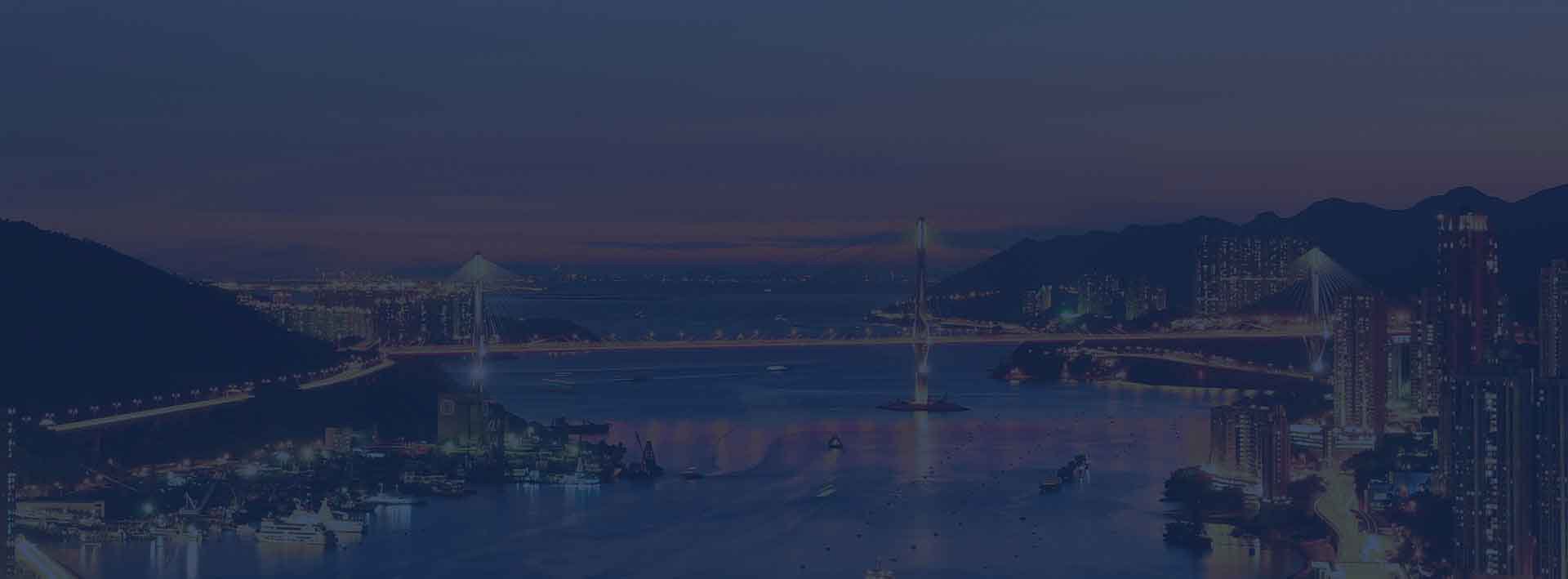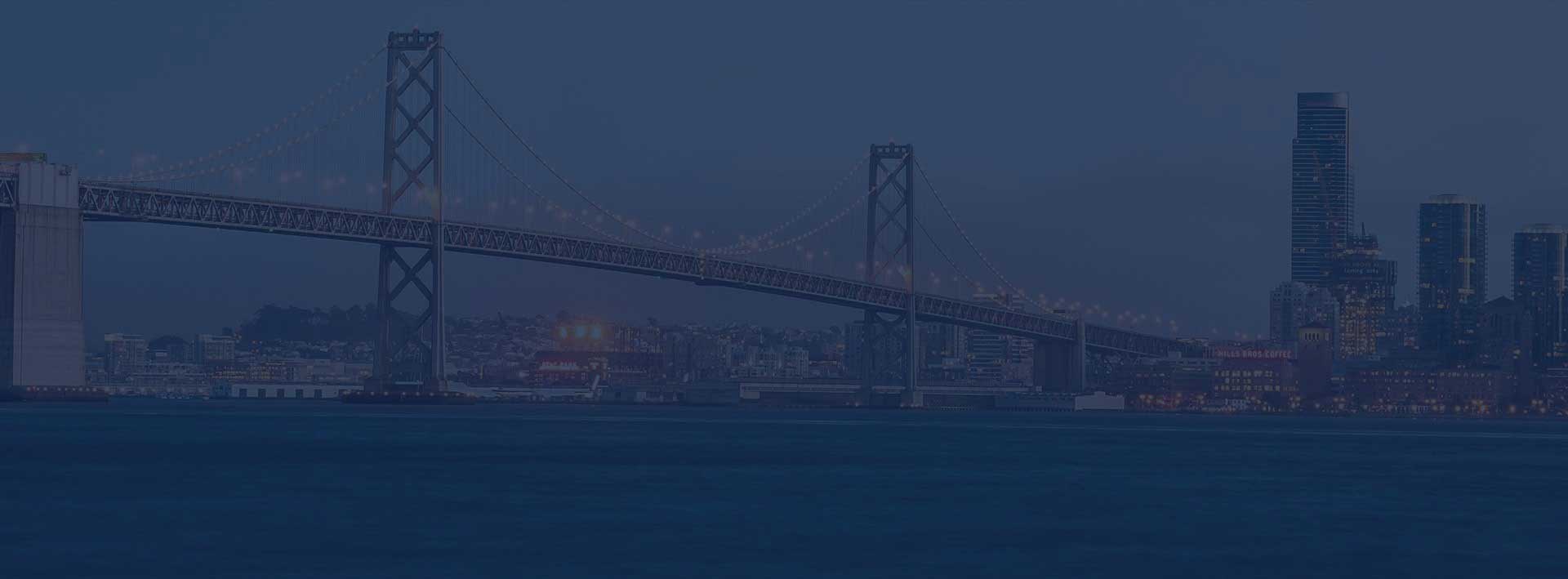Other Usefull Contents
You can see many success stories from our customers, and you may be one of them in the future
One of the important services from big to small companies all focus and require to be finished as fast as possible is printing. To deal with this requirement, a lot of people are choosing a marvelous tool that is online printing.
Read MoreThere is one fact that B2C clients are unpredicted in their buying patterns while B2B clients can bring a shop reliably repetitive business. To bring the repeat customers on board seems to be more difficult and complicated than to secure the average one-o
Read MoreIn the digital business world, those that rely completely on physical documents and assets are at a loss, especially in comparison to their brethren that put their faith in technology a decade ago. Of course, we cannot depend totally on digital, but it wi
Read More















At the end of 2017, digital printing reached 16.2% of the global print market value and 2.9% of the volume in comparison to 2.1% of the volume in 2012. It is predicted that digital printing will accelerate to 3.9% of volume by 2022. Experts optimistically said that the period 2017 - 2020 was the fastest growth of digital printing.
If in 2017, litho dominated the world print landscape with over 70% of total outputs. However, in this world, anything related to technology usually changes so fast and so does digital printing. The growth in demands for toner and inkjet printing ( low-cost method) has changed the market share of sectors in this industry. Digital print more cost-effective against traditional analog printing at ever higher run lengths and it leads to the continuation of the analog-to-digital print transformation.
Although digital printing was introduced so early in 197t until high-technology has been applied with packaging converters, when more end users invest in the technology, they have been identifying new market niches and benefits for print buyers, pushing further adoption.
From year to year, the changes and innovation have been lowering the transaction costs associated with print so more chances are being offered to smaller businesses, not just the huge can apply this printing method. Using high levels of automation is reducing the set-up times and waste, making litho more cost-effective against cut-sheet color toner presses. These incremental developments are mirrored across all printing processes. And many companies are adopting advanced manufacturing techniques to further improve their efficiencies.
A lot of things have changed in every field of the printing industry but the biggest changes still belong to inkjet, where the achievable quality has greatly improved, along with the reliability and consistency of the printing. Single-pass sheetfed and web-fed presses were already available on the market and it seems that they will be applied a lot for printing application.
Inkjet is the fastest-growing print process. The reasons why it has been adopted in more applications are quality, reliability, and economics. It is always the first choice for low, medium and high-volume production. Moreover, we cannot deny that Inkjet is extremely versatile, with multi-pass traversing heads and single-pass arrays of fixed heads positioned. The amount of end-users of inkjet has increased dramatically. Advertising print worth around $38.6 billion in 2017 and expected to reach the value of $50 billion in 2022.
Final words,
In the period from 2017 to 2020, digital printing is predicted to develop about 20% and Inkjet might still lead the market.